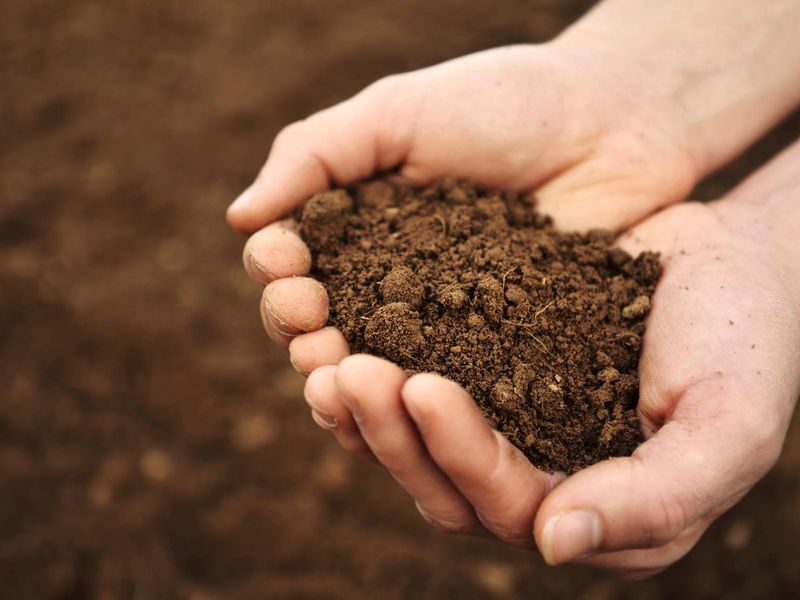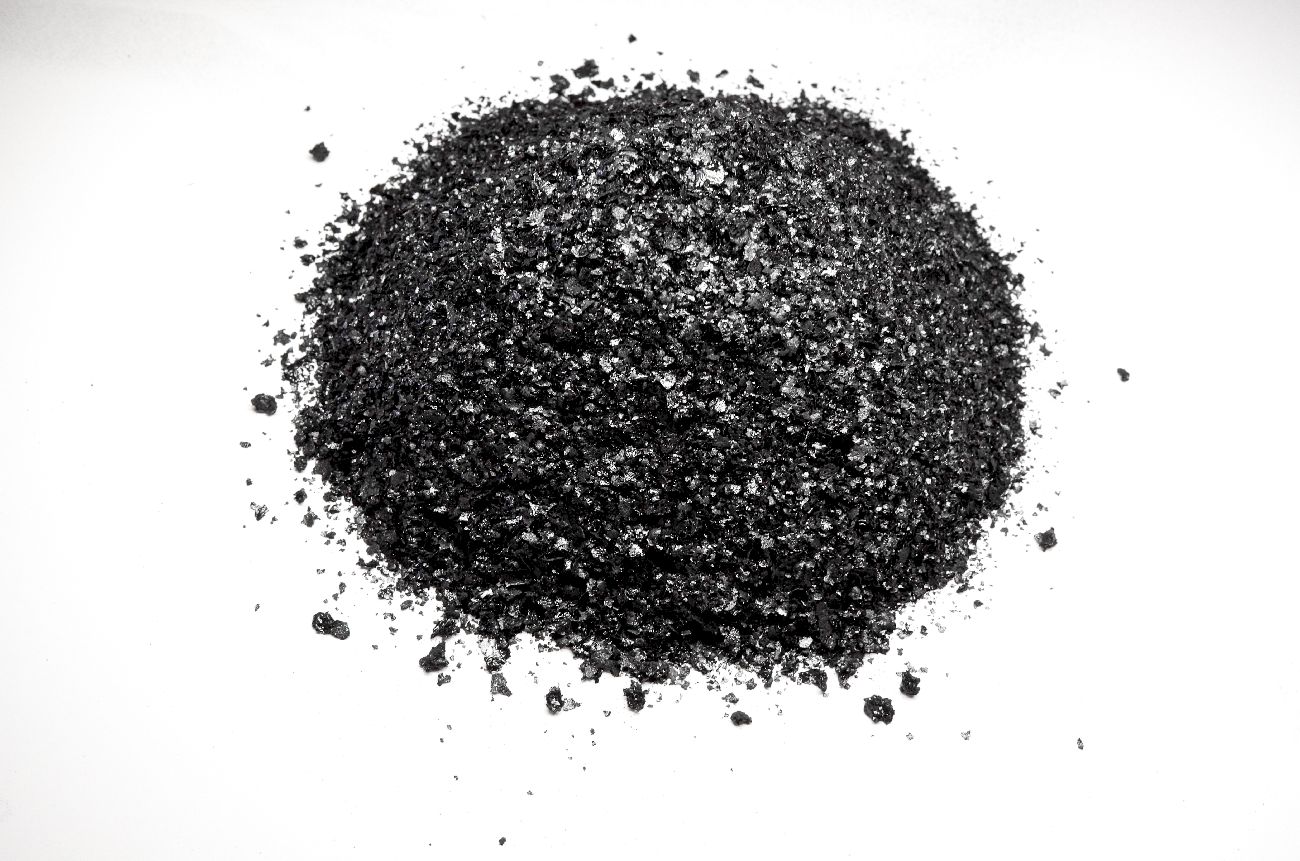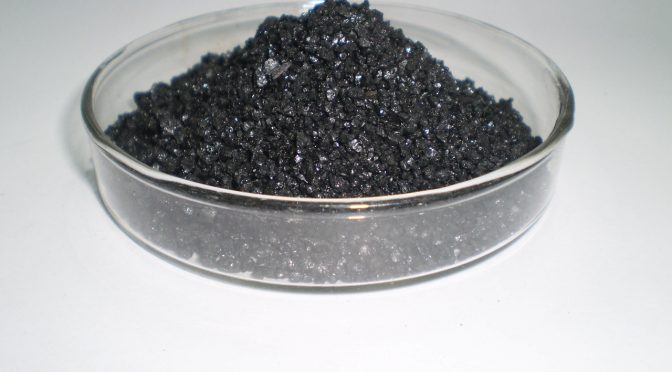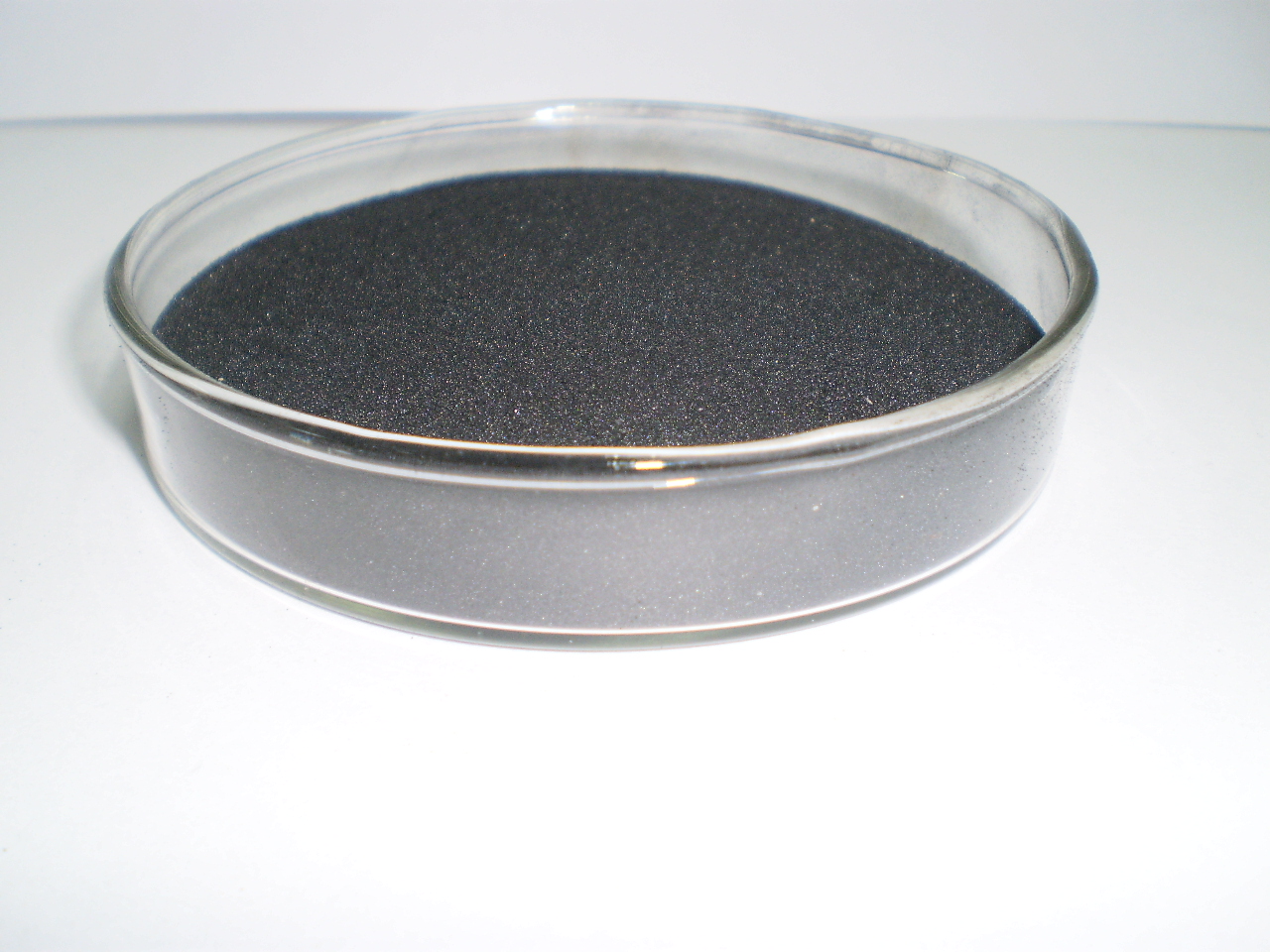Potassium Humate Application in China’s saline-alkali soil is mainly distributed in the northwest, north China, northeast and coastal areas, including salt soil and alkaline soil. The saline soil mainly contains a large amount of soluble salts, including sodium chloride and sodium sulfate, and the pH value is 8-9. Alkaline soil mainly contains sodium carbonate, sodium hydrogencarbonate, pH 9~10, and is strongly alkaline.
The main hazards of saline-alkali soil: the soil salt content is too high; the concentration of harmful ions (such as Na+, Cl-, HC03-, CO22-, Mg2+, etc.) is too large; the soil is too alkaline; the soil particles are highly dispersed, and the soil structure is poor; Crop growth and development is inhibited.
Long-term application of potassium humate can gradually change the physical and chemical properties of saline-alkali soil.
First, promote the formation of soil aggregate structure
The soil aggregate structure is the basic unit of soil structure. It is a large soil particle composed of organic and inorganic colloids such as soil humus and clay. Good agglomerate structure is not easy to disperse when it is in contact with water. It is not easily broken by mechanical pressure, loose and porous, and can regulate the water, fertilizer, gas and heat of the soil.
As an organic colloid, long-term application of potassium humate can promote the formation of soil aggregate structure, improve the soil structure, and make the soil a good aeration and water permeability. It has created favorable conditions for accelerating the elution of soluble salts and root growth. .
For example, after soda-salted paddy soil in Miquan County, Xinjiang, the content of water-stable aggregates in the soil greater than 0.25 mm was significantly higher than that in the soil without potassium phytate. Other properties such as soil air content, water permeation rate, and redox potential are improved.
Second, reduce the amount of salt in the topsoil
The concentrated application of potassium humate can loosen the soil of the ploughed soil, destroy the conditions of the salt along the pores of the soil capillary, increase the accumulation of salt in the topsoil, and reduce the salt content of the topsoil, which plays a role of “separation of salt”.
The spring wheat experiment in Zhangbei County of Hebei Province showed that in the concentrated ditch sulphate potassium (100 kg/mu), the total salt content in the topsoil of 0~125px was reduced by one-third compared with the non-application, and the ion concentration also decreased significantly.
Due to the “salting salt” effect of potassium humate, the damage of salt and alkali to crop seedlings can be alleviated, the emergence rate can be improved, and weak seedlings and dead seedlings can be reduced. Zhangbei County applied humic acid potassium to spring wheat. The basic seedlings were more than 54,000 per mu, and the emergence rate was 20% higher.
Third,Potassium Humate Application to improve soil exchange capacity
Potassium humate has a high cation exchange capacity, which is more than 10 times higher than that of ordinary soil. After being applied to the soil, the adsorption capacity of the soil for Ca2+, Mg2+ and other divalent cations is significantly improved. Under the condition of proper water leaching, the leaching rate of Na+, Cl-, etc. in the soil solution is accelerated accordingly. The surface salt content is gradually reduced, and the salt composition changes significantly.
The Xinjiang Institute of Biological Soil and Desert Research applied potassium humate for two consecutive years on soda-salted paddy soil. The surface CO-, HC03-, and Cl- contents decreased, and the degree of sodium alkalinity decreased.
Fourth,Potassium Humate Application to reduce the pH of salt reduction soil (pH value)
The pH value of saline-alkaline soil, especially alkaline soil, is too high (above 9.0), which directly harms the growth of crops and even causes crop death. In addition, the pH value is too high, which also affects the availability of nutrients such as phosphorus, iron, manganese, boron and zinc in the soil.
On the alkaline alkaline soil, the acid raw coal powder or potassium humate is applied, and the humic acid can neutralize the alkali to lower the soil pH. The experimental results show that the application rate of acid weathered coal powder is 10% of soil weight, which can reduce the soil pH from 9.0 to 8.0, and reduce or eliminate the soil alkalinity.
The application of humic acid can improve soil physical and chemical properties, inhibit salt rise, neutralize soil alkalinity, reduce salinity hazard by adsorption of cations, create good soil conditions for crop seedling growth, and improve low-yield saline-alkali soil.






